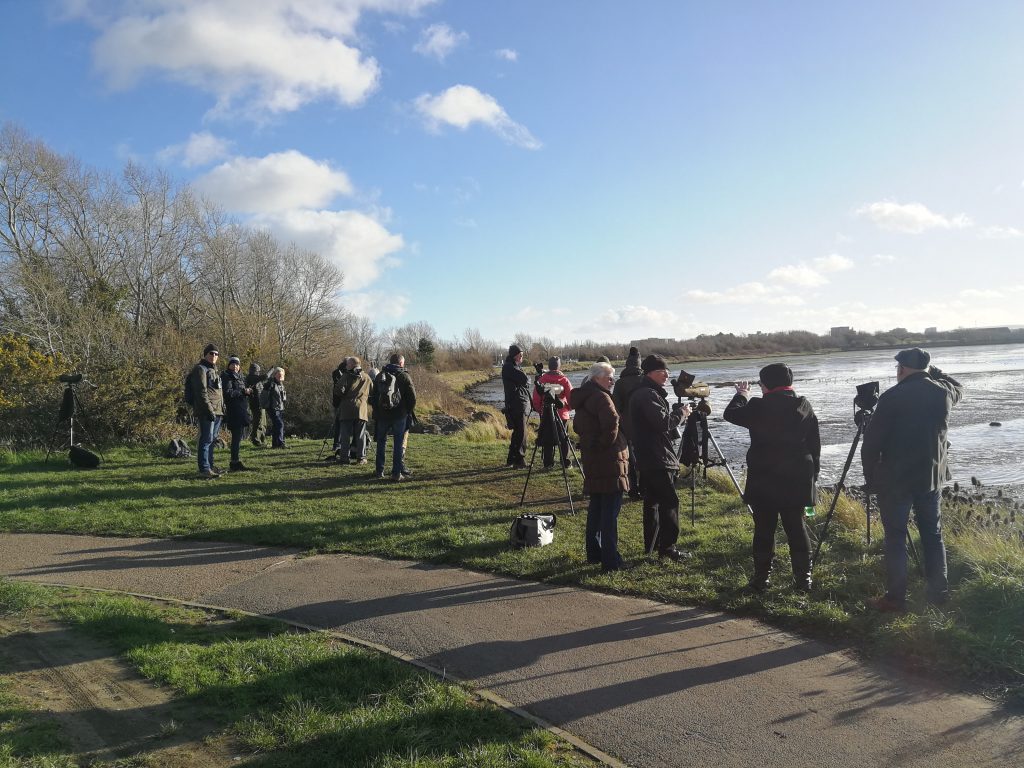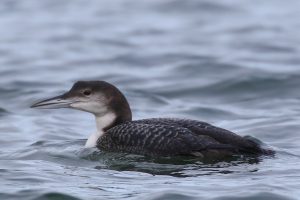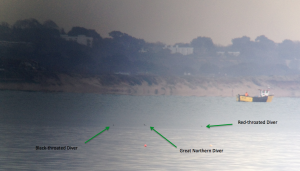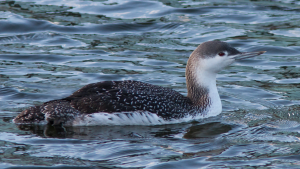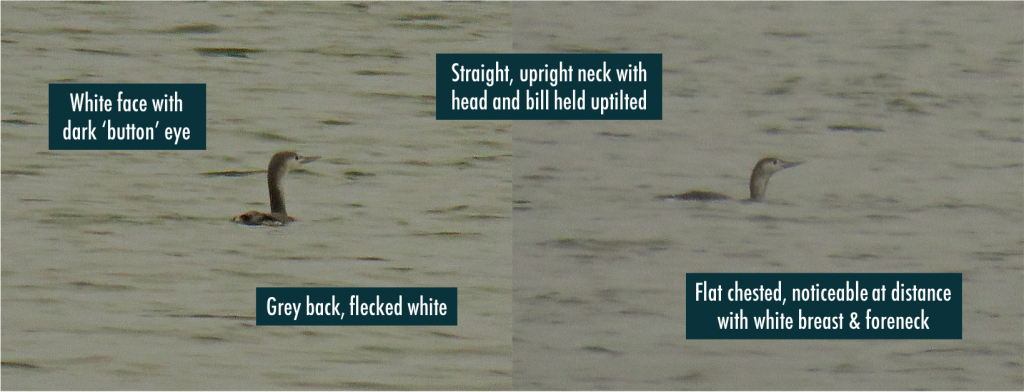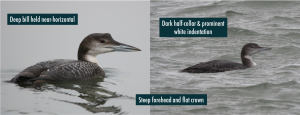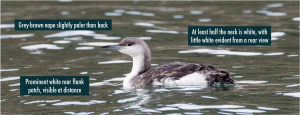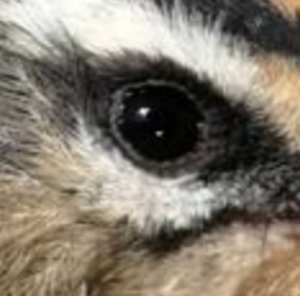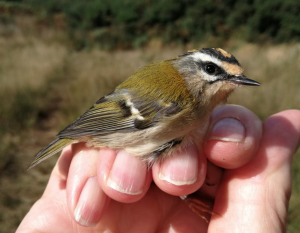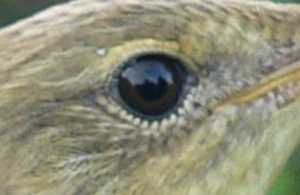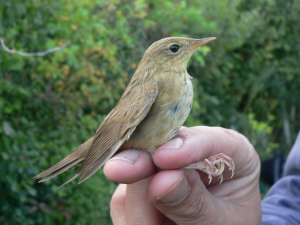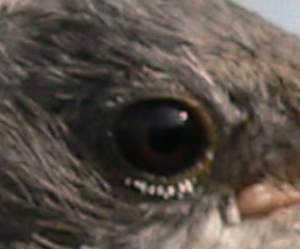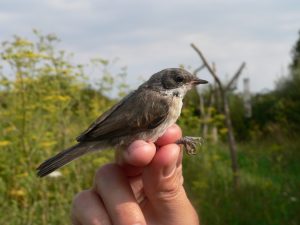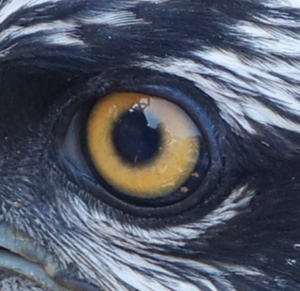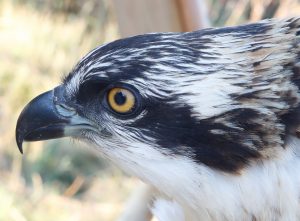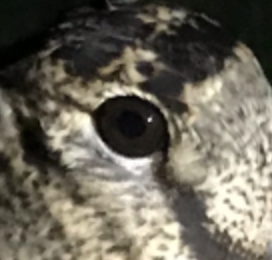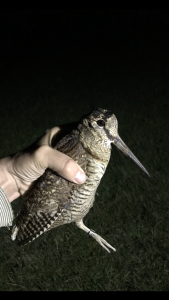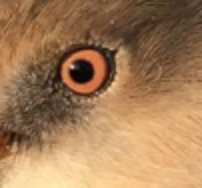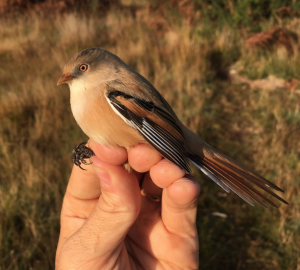Inspired by a friend of ours recently, we’re planning on hosting an ID quiz leading up to Christmas, providing you with a head scratching ID conundrum to figure out. Each day we’ll post a new ‘EYE SHOT’, followed the next day by the answer, the original photo and ID info about the species featured each day.
Some will be relatively straight forward, some not so, and some will really get you thinking (and even provide some sleepless nights)
Each species is a regular visitor to the harbour, some more regular than others, but there’s no mega rarities, so with a bit of time (and maybe your Collins Field Guide), you should be able to work each photo
1. So, to kick things off, here is the first ‘EYE D’ challenge. Whats this regular winter visitor to Poole Harbour?
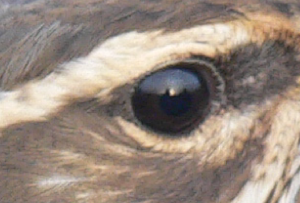
Of course, our first ‘Eye D’ challenge was fairly straight forward with most people getting it correct. It was indeed a Redwing. The biggest clue in the close up shot is the creamy buff supercilium (stripe above the eye). The clincher in this photo is the snippet of pale throat you can see too, which combined with the supercilium makes this a Redwing.
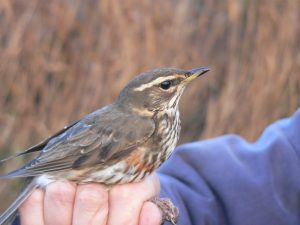
2. Ok, so we started off fairly easy. We’ll step things up a bit now. Any ideas on this vibrant passerine?
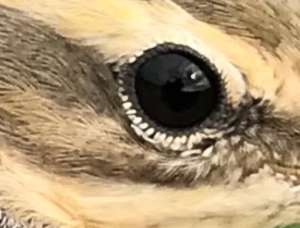
This caused a few more ID issues, mainly because of the lack of features to go by. The main feature is of course the bright yellow supercilium and the amount of bold yellow under the eye too making it a gorgeous Yellow Wagtail.
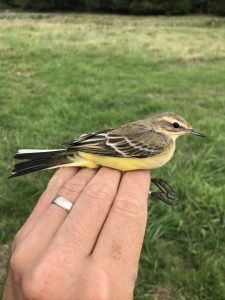
3. Yesterdays was a tad tricky so here’s something a bit kinder. Whats this familiar harbour species?
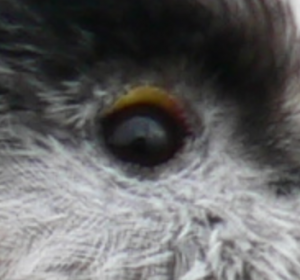
Yep, most people got this one correct. Despite only being able to see its eye, it’s still possible to see the ‘cuteness’ of this Long-tailed Tit. The the big, broad dark/black stripe over the eye and the white ‘fluffy’ feathering below are easy clues to this being a Long-tailed Tit.
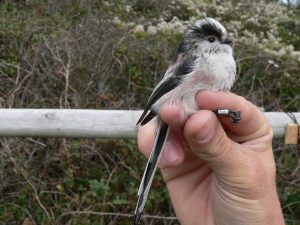
4. With pretty much everyone guessing yesterdays correctly, we’re going to step things back up again today. So, whats todays tricky ‘Eye D’ challenge?
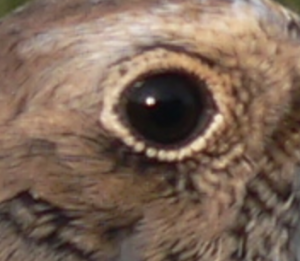
Day 4 – ‘Eye D’ challenge – So yesterdays was pretty hard but several people still got it right. It was an autumn male Common Redstart. Well done if you got it right. Todays will be posted in due course!
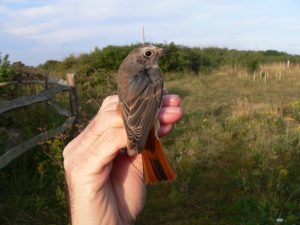
5. Day 5 Christmas ‘Eye D’ challenge. Something a bit different this evening. A lovely Poole Harbour species, but what is it?
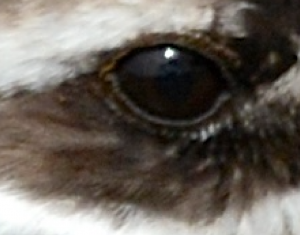
Day 5 ‘Eye D’ Xmas challenge answer – Yep, most people got this one correct. It is of course a Ringed Plover. Thanks Nick Gadenne for the photo. Todays will be posted shortly. Its going to be another tough one!
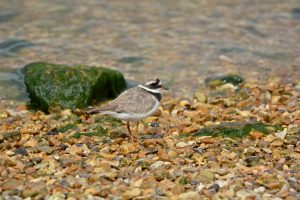
6. Day 6 ‘Eye D’ Christmas Challenge – A real Sunday head scratcher. Think outside the winter box for this one….
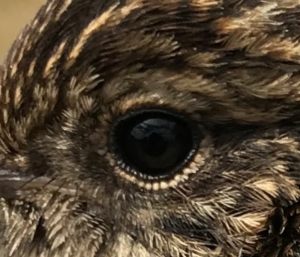
Day 6 ‘Eye D’ challenge reveal – Yep, many of you guessed it was a chat. Many said Robin, but it was in fact a juvenile Stonechat caught and ringed this summer. Right, we’re going to make todays extra challenging.
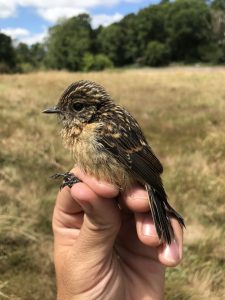
7. Day 7 Christmas ‘Eye D’ Challenge – A tougher challenge today. No help just yet. See if anyone can get it before we have to drop some clues….
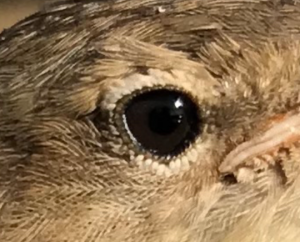
Day 7 Christmas ‘Eye D’ challenge reveal – Yesterdays was pretty tricky and in fact no one got the right answer! The bird in question was a handsome Garden Warbler! Better luck later today!
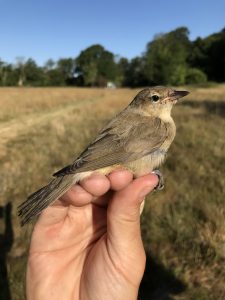
8. Day 8 Christmas ‘Eye D’ challenge. So sorry, for some reason this didn’t post yesterday. Whats this (now) regular breeder in the Poole Harbour area?
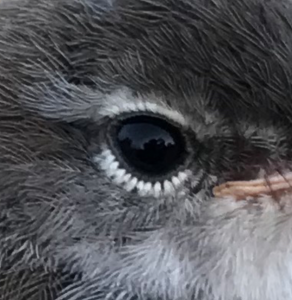
Day 8 ‘Eye d’ Christmas Challenge reveal – These can often be tricky up close, but many people still got it correct. It is of course a Cetti’s Warbler. Well done if you got it correct. Todays challenge will be posted a bit later
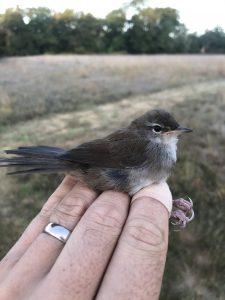
9. Day 9 Christmas ‘Eye D’ challenge – Excuse the poor quality, we had to zoom in quite a bit to make this bird not too obvious. So, despite the zoom…..any guesses?
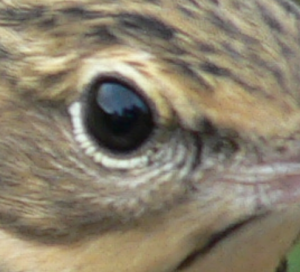
Day 9 Christmas ‘Eye D’ challenge reveal – Well, many of you guessed it was a pipit species, but only a handful correctly answered Tree Pipit, so well done if you got it right! Todays will be posted a bit later
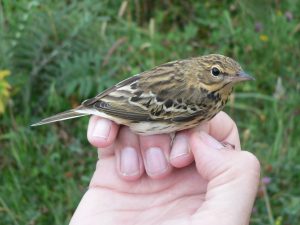
10. Day 10 Day 10 Christmas ‘Eye D’ Challenge – There should be enough in this photo to help you ID this birders favourite….
Day 10 ‘Eye D’ Challenge reveal – Yep, 99.9% of people got yesterdays. It was of course a Firecrest. Always a treat to see! Todays will be posted shortly!
11. Day 11 ‘Eye D’ Christmas Challenge – Good to see so many people engaging with this across our social media channels. Todays may be tough for some but easy for others. Any guesses?
Day 11 ‘Eye D’ Christmas Challenge Reveal – A skulky, now rare breeding species in Dorset which several of you guessed correctly. Yesterdays mystery bird was a Grasshopper Warbler. Todays will be posted in due course..
12. Day 12 ‘Eye D’ Christmas Challenge – A few hints in this image to to help ID this young, scrub loving summer visitor…any guesses? Answer tomorrow!
Day 12 ‘Eye D’ Christmas Challenge Reveal – Not the best photo, but enough in it for many of you to get it correct. Day 12 was indeed a Lesser Whitethroat. Todays posted shortly
13. Day 13 ‘Eye D’ Christmas Challenge – Making things a tad easier this evening. Sorry for being a bit late, but Eggnog got in the way! Whats this dazzling close up???
Day 13 ‘Eye D’ Christmas challenge reveal. Yes, well done. Almost everyone got this one right. It was of course an Osprey from our translocation project. Todays will be posted shortly
14. Day 14 ‘Eye D’ Christmas Challenge – Another easy one tonight before a true humdinger tomorrow. Any guesses? Another poor close up image, but should be enough in here to get it…
Day 14 ‘Eye D’ Christmas challenge reveal – We knew this was too easy with 100% of people getting this correct. Day 14 was yep…you guessed it… a handsome Woodcock. Todays to be posted shortly……
15. Day 15 ‘Eye D’ Christmas Challenge – A challenge for some as not many birds have a bright orange eye…any guesses?
Day 15 ‘Eye D’ Challenge Reveal. Well, thanks everyone for contributing over the last 2 weeks, its been fun! Yesterdays final ‘Eye D’ challenge species was of course a Bearded Tit (reedling). Well done if you guessed correctly and have a great Christmas!

